The Blueprint for Agentic Marketing: Models, Tools, Techniques & Data
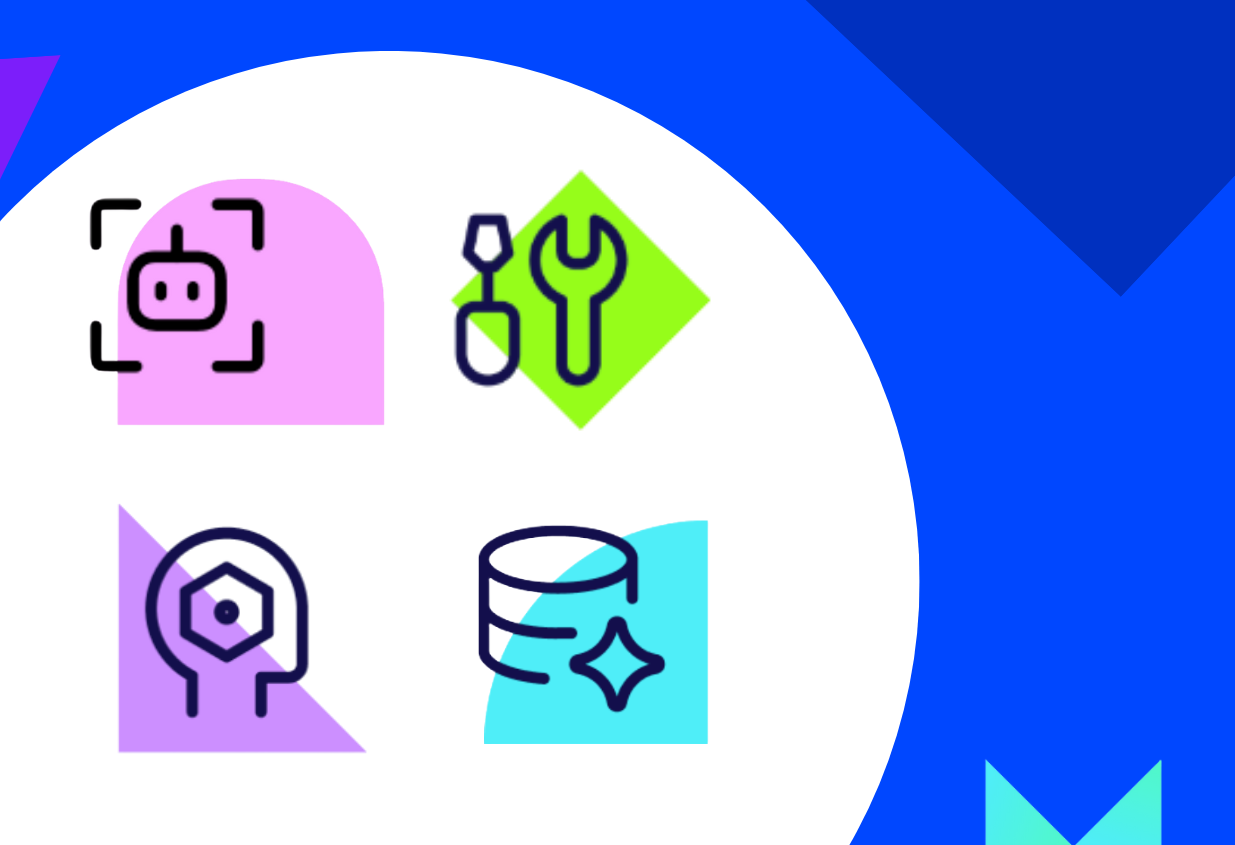
Most teams sit on impressive martech stacks but underwhelming outcomes. We add another connector, another dashboard, another “AI something,” and what we actually get is a Frankenstack that needs constant babysitting. The work that moves the business—insight, optimization, action—keeps getting pushed to “later.”
This year at MAICON, the annual conference from the Marketing AI Institute, I shared how we’re breaking that pattern at NinjaCat—and how you can, too. It’s not another tool pitch. It’s a blueprint for turning unified data and AI agents into real marketing outcomes.
The goal: move from “interesting demo” to “as good or better than a human at the task.”
Why Agentic Marketing Matters Now
Whether you’re on an in-house marketing team or running a full agency book, your mandate’s the same: make money, save money, mitigate risk.
For years, the industry's answer was to add more tech. Pull data with one tool, clean it with another, visualize it somewhere else, and glue it all together with people. We called it the “modern marketing data stack.”
But when you zoom out, what most teams actually built was a patchwork of dependencies—a Frankenstack. The technology doesn’t serve the strategy; it slows it down.
That’s the shift we’re making at NinjaCat: unify your data once and connect it to AI agents that analyze, reason, and act directly on it. No more passing data through a dozen disconnected tools—agents collapse the stack into a single intelligent layer that adapts in real time, letting humans focus on strategy, creativity, and judgment.
Our view is simple: start with a clean, governed data foundation and design around jobs to be done—reporting that proves value, analysis that drives decisions, and agents that actually close the loop between insight and action.
The Agentic Marketing Framework: M-T-T-D
Here’s the simple framework that guides every agentic marketing system we build:
Models, Tools, Techniques, and Data.
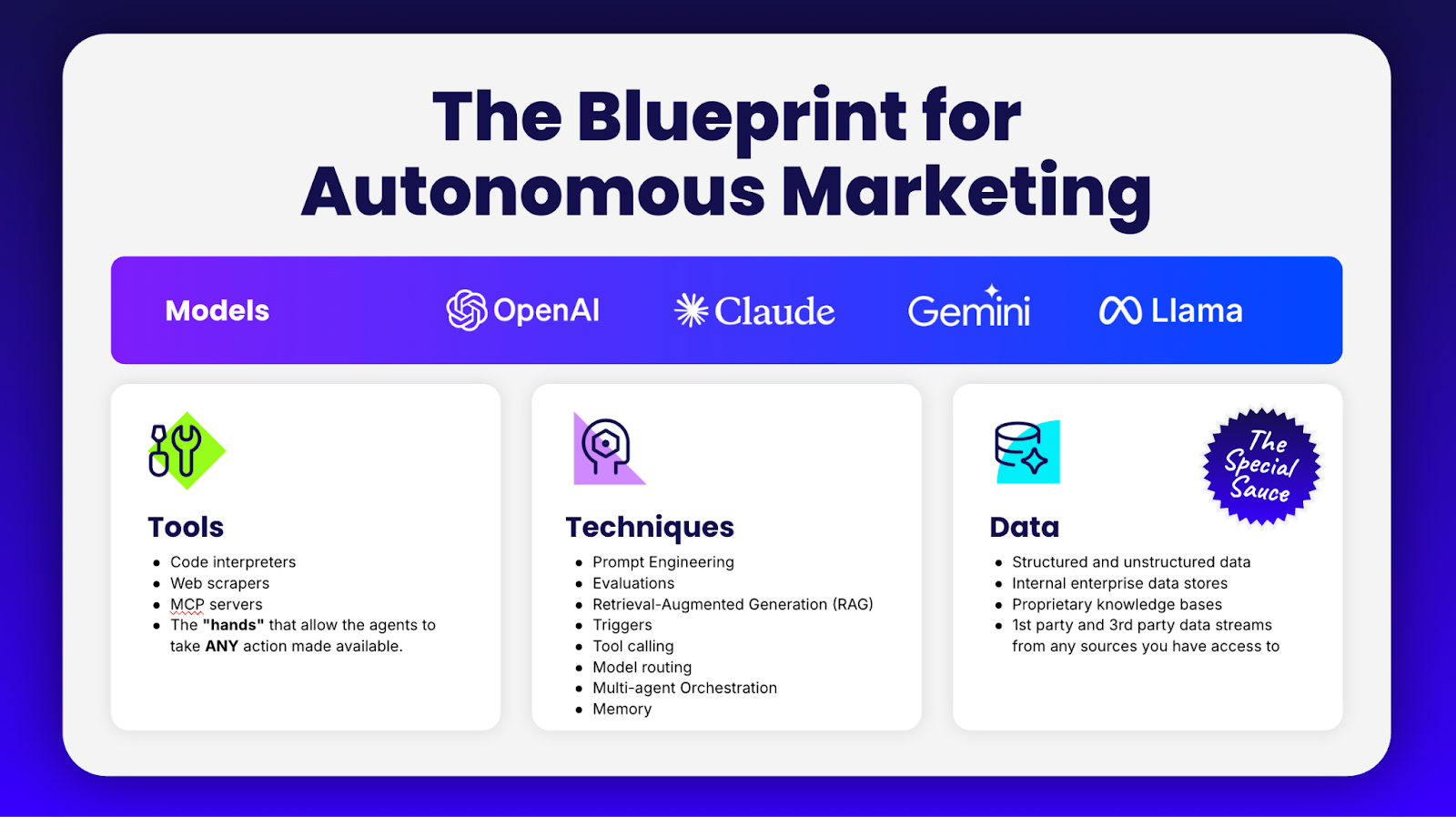
Models
Frontier models like Claude, OpenAI, and Gemini now reason and plan, not just predict. Given a clear goal, they can design multi-step plans and execute them autonomously.
Tools
Tools define what your AI agents can do—run SQL, execute Python, scrape data, post results to Slack, or even push campaign changes. This is the action layer of agentic marketing.
Techniques
Agentic scaffolding—planners, sub-agents, reasoning loops, validators—is how we make AI systems dependable, explainable, and enterprise-ready.
Data
The unlock. Unified, governed, marketing data is what separates useful AI from gimmicky demos. Once your agents can reason over clean data, you gain speed and precision that scales.
In agentic marketing, the biggest blockers aren’t the models—they’re the actions your agents can take and the data they can see.
Real Agentic Marketing Use Cases in the Wild
Let’s move from theory to practice. Here are a few AI agents we’ve deployed with customers inside the NinjaCat platform.
Scenario Planning Paula: Real-Time Media Optimization
A national retailer replaced weeks of spreadsheet work with an AI agent that ingests budgets, spend, and demand data, runs regression and decay models, and outputs three ready-to-use plans: ROAS-optimized, balanced, and diversified. The result? Decision cycles cut from weeks to minutes.

Negative Nancy: Autonomous PPC Optimization
Nancy’s job is to find wasted PPC ad spend. She analyzes performance data, identifies negative keywords, quantifies savings, and can even push the updated blocklist to Google Ads. That’s the leap from AI insight to agentic action.
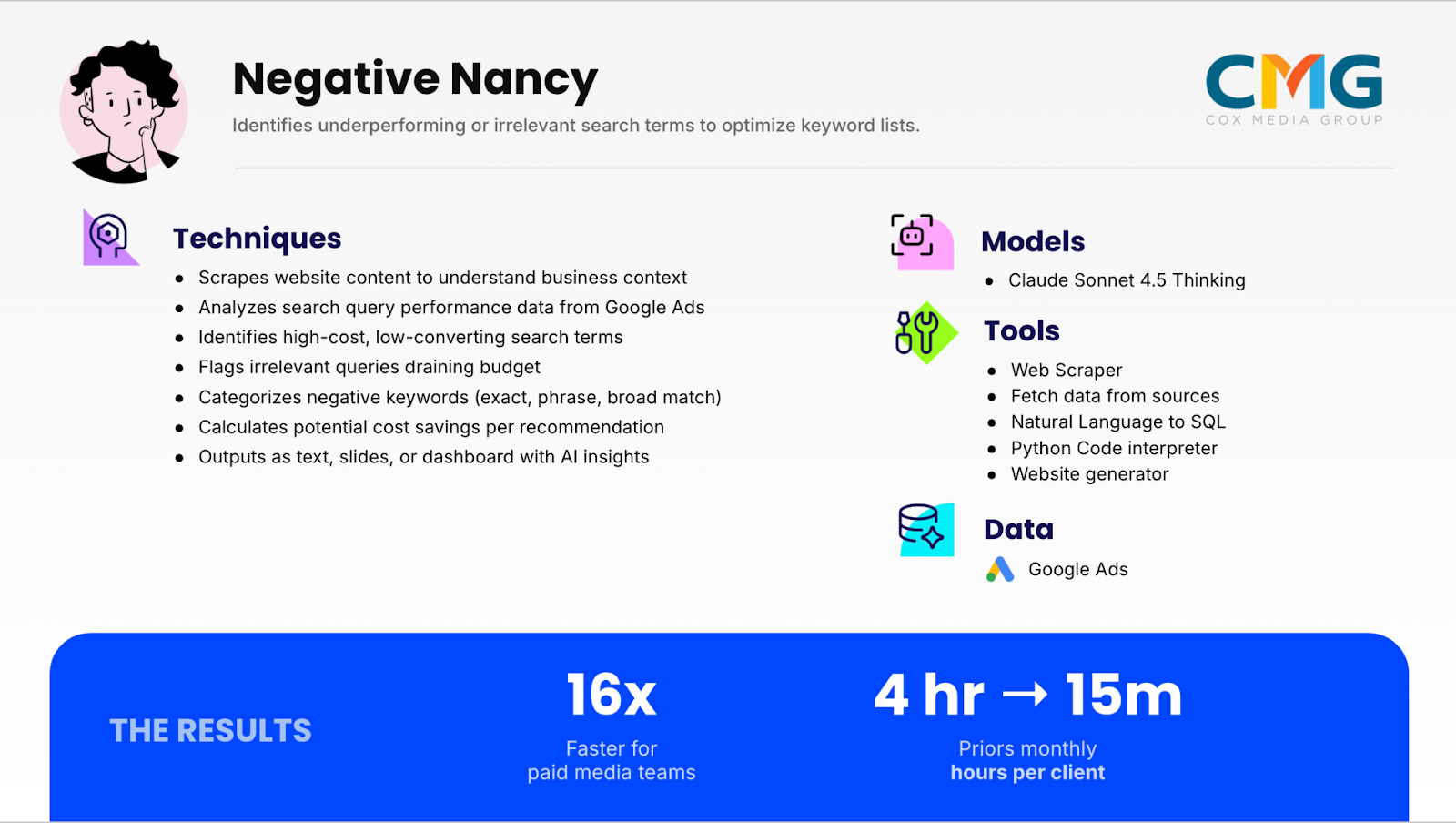
SEO AI Agent: Built with Seer Interactive
Together with our partners at Seer, we created an SEO AI Agent that analyzes search data, spot “striking distance” keywords, scrape top-ranking pages, and propose optimized content drafts—all powered by live data and natural-language reasoning.
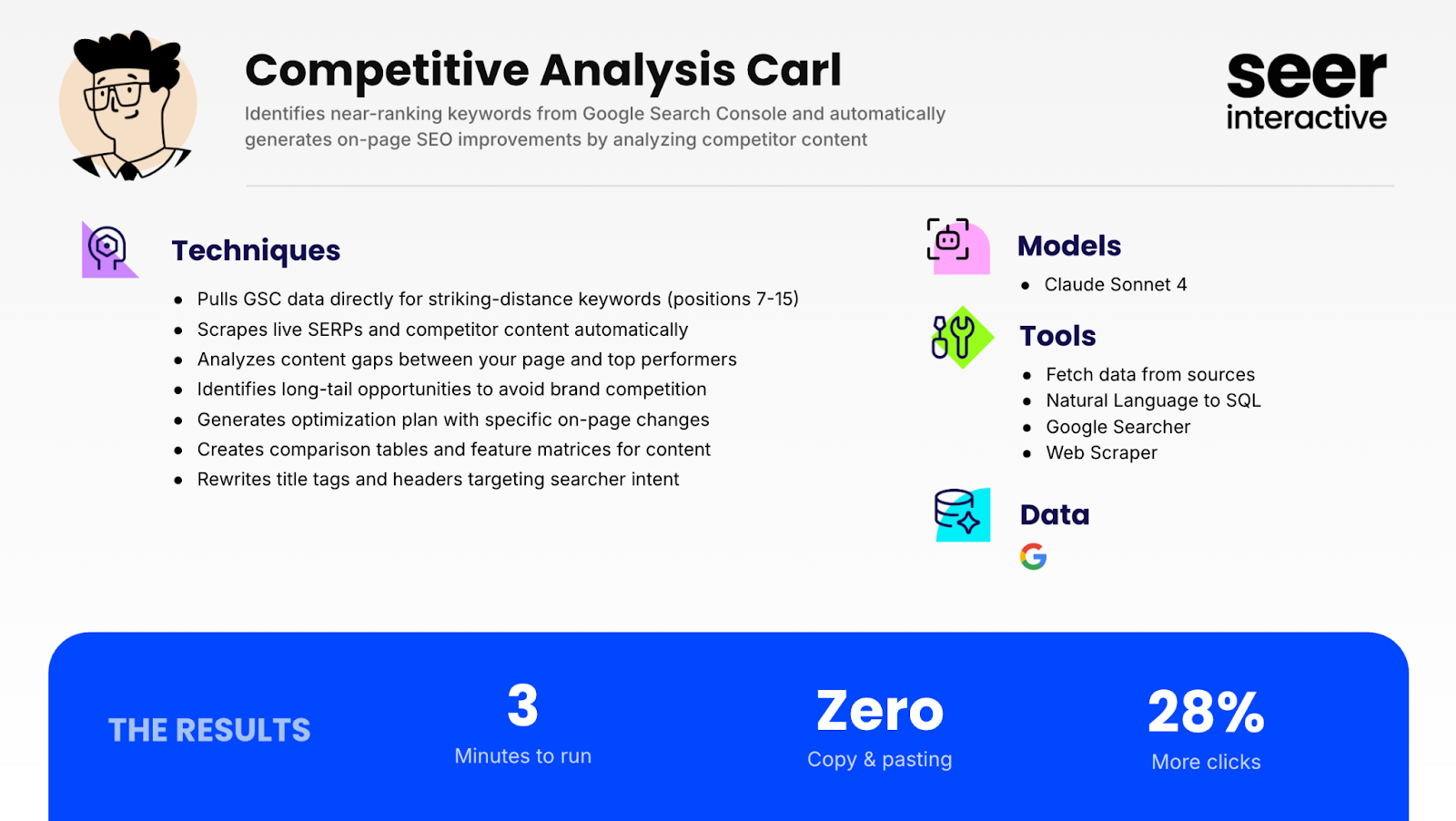
The Payoff for Brands and Agencies
For brands, agentic marketing means faster planning, smarter spend allocation, and decisions at the speed of markets.
For agencies, it means scalable excellence—standardized workflows, automated reporting, and a new business model: agents-as-a-service.
Martech doesn’t need more dashboards—it needs systems that think, explain, and act.
Get your Models, Tools, Techniques, and Data aligned, and you won’t just participate in the agentic marketing era—you’ll define it.
.png)
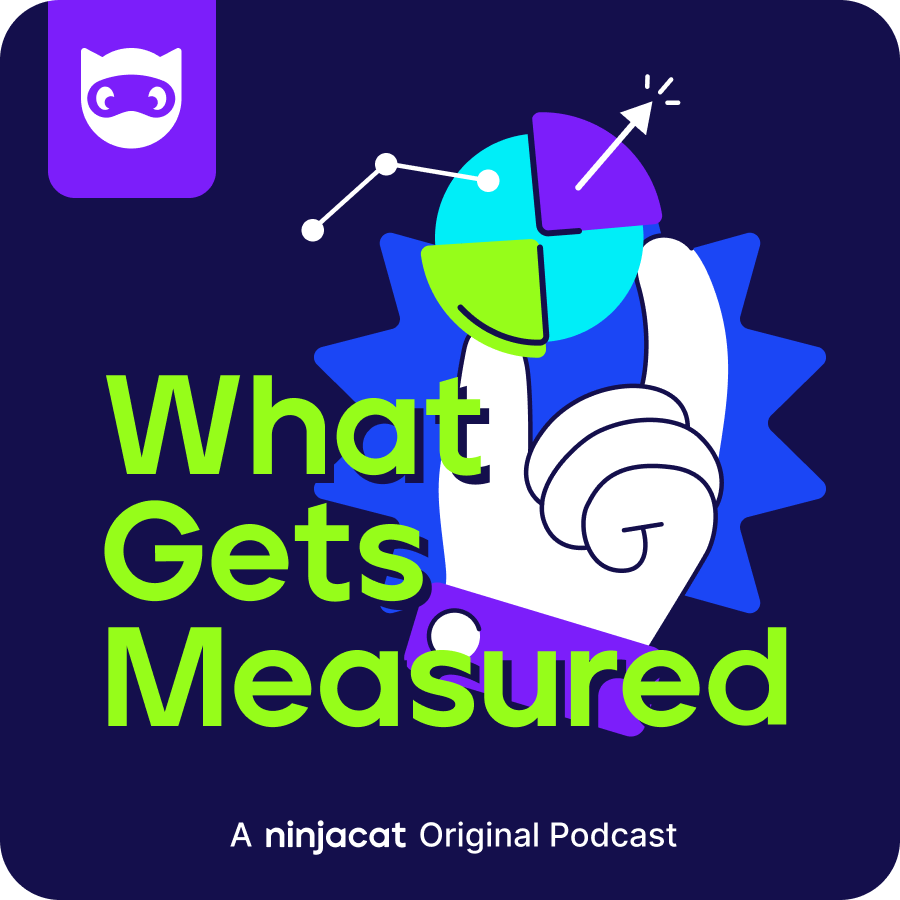
.png)

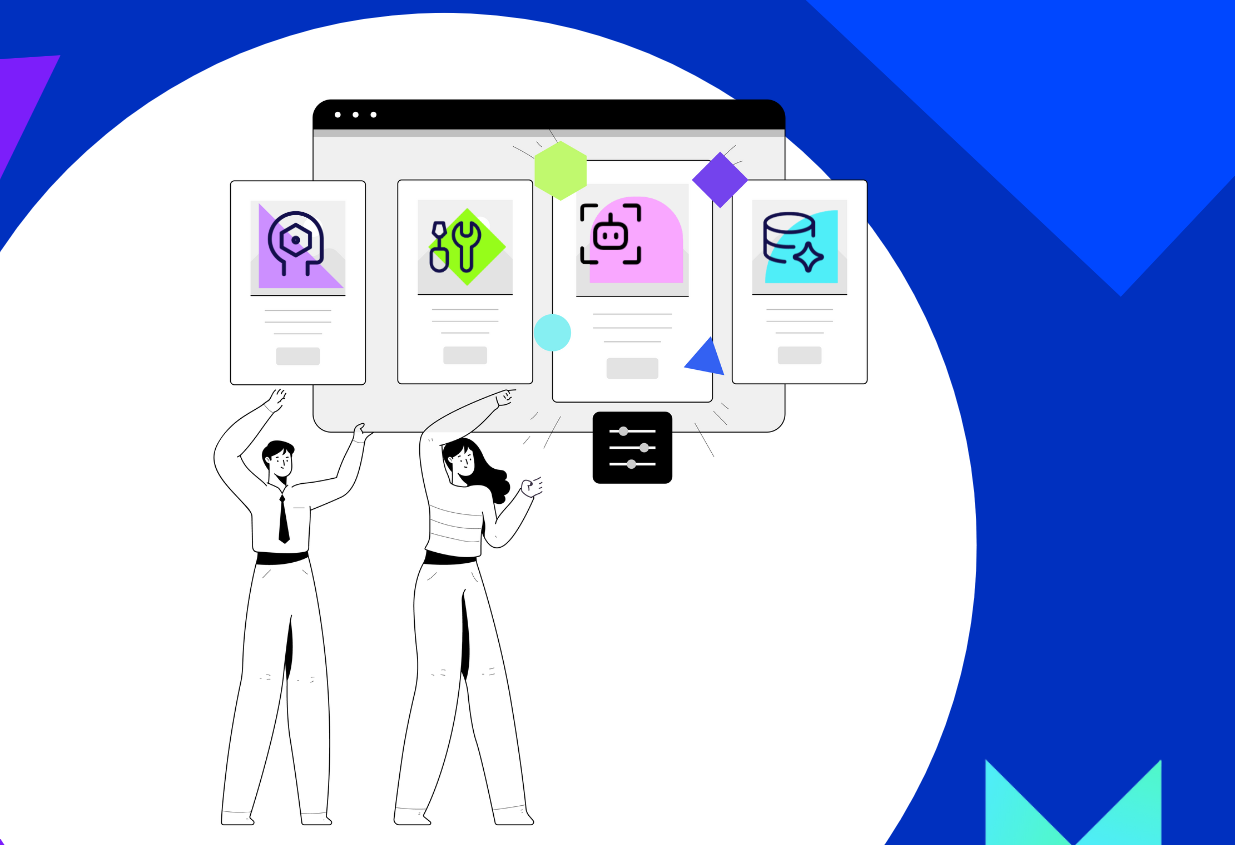
.png)